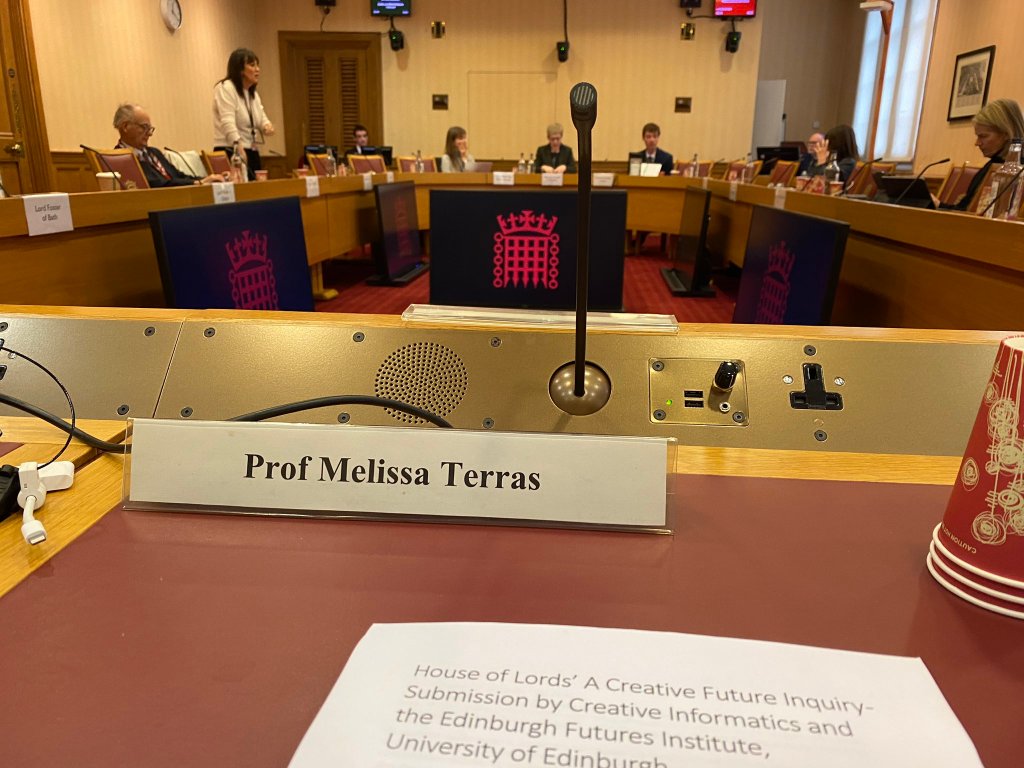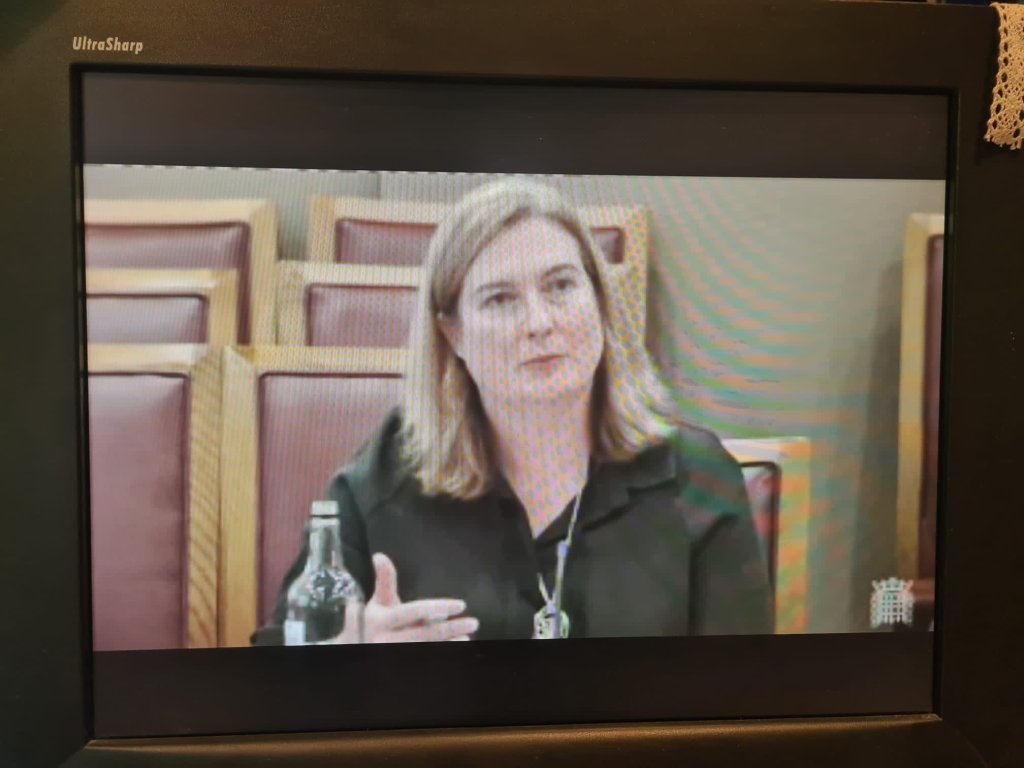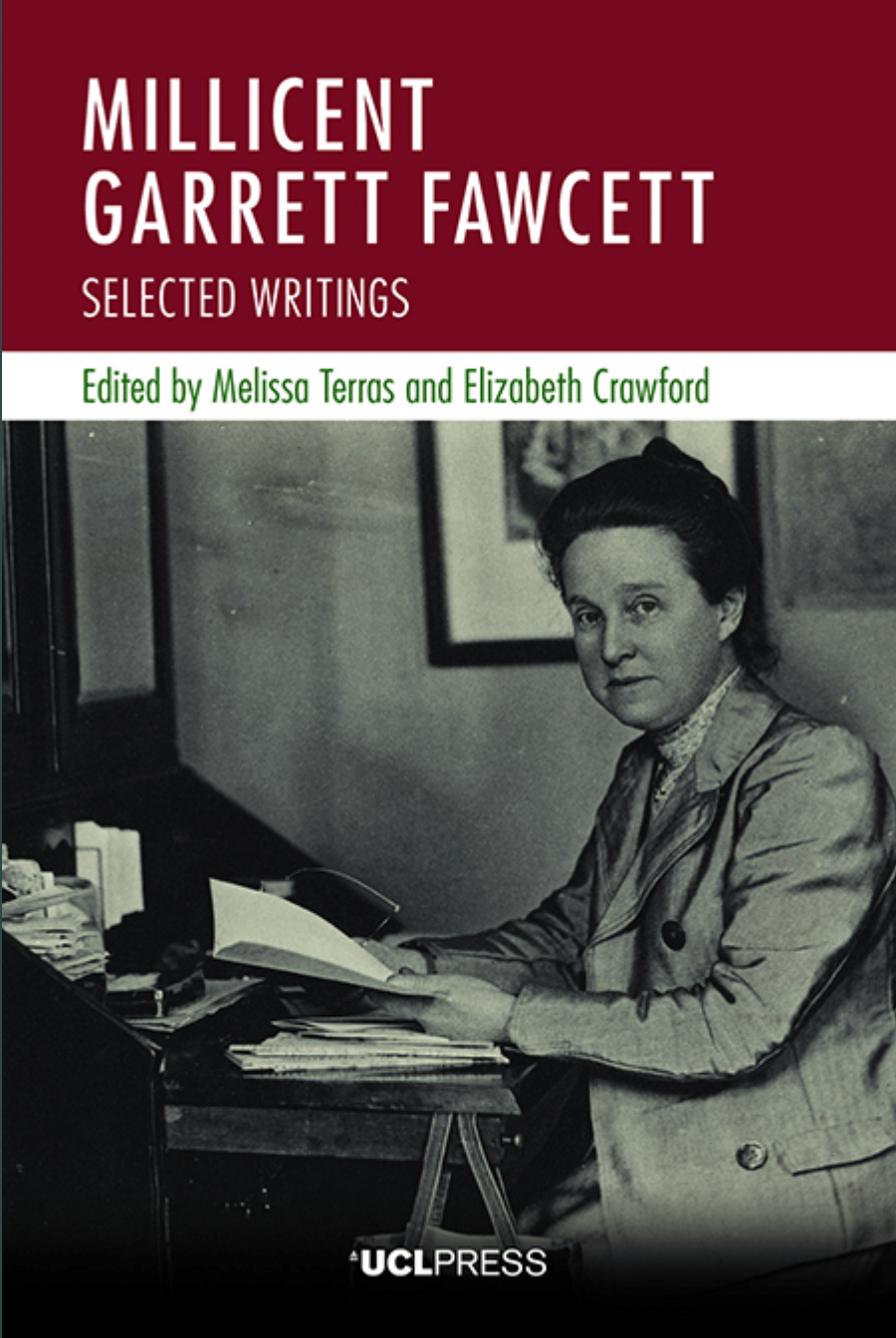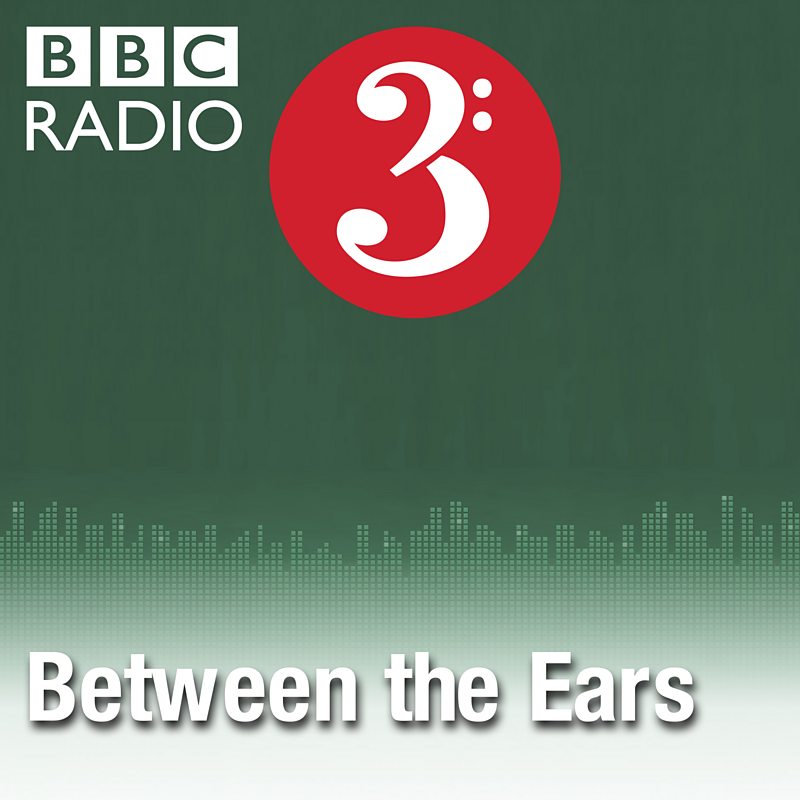PhD Title: “Mainlining AI into the Veins”? Library collections as data in the age of Extractive AI Capitalism
Funding body: AHRC
Deadline for applications: 5pm, Friday 30th May 2025
Interviews date: 12th June 2025
Start date of the PhD: 1 October 2025
Duration: Three years six months (Full Time) / Seven years (Part Time).
The University of Glasgow, University of Edinburgh, and the National Library of Scotland are pleased to announce a fully-funded PhD studentship, under the AHRC Collaborative Doctoral Award scheme with the Scottish Graduate School for Arts and Humanities (SGSAH). The successful candidate will work with the University of Glasgow and the National Library of Scotland. The supervisors will be Prof. Paul Gooding (University of Glasgow), Prof. Melissa Terras (University of Edinburgh), Dr. Sarah Ames and Dr. Patrick Hart (National Library of Scotland).
This is a fantastic opportunity to work with leading practitioners and researchers in the Library and Information sector, and we expect it to appeal to suitably qualified candidates with a postgraduate degree in a relevant discipline. The successful student will benefit from the unique opportunity to explore their own research interests, while directly informing digital research activities at the National Library of Scotland. Students will be encouraged to develop their own approach to the topic, which may include questions around the decolonisation of library search, gender bias in the use of scholarly resources, and the development of methodological and critical frameworks for future research into library discovery systems.
The studentship will commence on 1st October 2025, and the successful student will be based in Information Studies at the University of Glasgow. They will also benefit from training, support, and networking via the Edinburgh Centre for Data, Culture and Society, and the National Library of Scotland. The studentship will include a placement at the NLS, to be determined in collaboration with the student. The award will include a number of training opportunities offered via SGSAH, and an additional £500 p/a mobility allowance.
The Research Project
Since 2023, there has been an explosion in AI-generated content produced by Generative AI and Large Language Models. Many GenAI companies have been criticised for extractive AI practices grounded in late-stage capitalism, incentivising decisions that maximise shareholder profits without considering human agency and autonomy, extracting data (Eve, 2024) and natural resources (Lehuedé, 2024). At the same time, libraries have sought to make their collections openly available as datasets (Padilla et al., 2018), building on assumptions that open data principles are a fundamental good. However, given the legal and ethical controversies surrounding GenAI, we must consider how the library sector can respond to the challenges of integrating its data into AI systems.
This project will use the National Library of Scotland Data Foundry (https://data.nls.uk/), a sector-leading portal publishing data collections in machine-readable form, as a test-bed for exploring the technical and ethical aspects of making data accessible and reusable for human and non-human users.
Research questions will include:
- What is the place of libraries as trusted information environments in an extractive AI ecosystem?
- How does the emergence of GenAI, and associated data scraping practices, challenge existing OpenGLAM practices in making collections openly licensed and available as data?
- What ethical responsibilities do libraries have in relation to making their data available for training AI?
The project will address the role of trusted information repositories at a time of extractive AI practices, using the following methods:
- In-depth review of key issues: scoping the extent of GenAI usage of library collections; identifying relevant legal and ethical frameworks; exploring critical and theoretical interventions into AI in libraries; mapping existing open data library collections and licensing; and analysing the interaction between OpenGLAM, Open Access and Open Data.
- Qualitative engagement with library practitioners, the OpenGLAM Movement (Wallace, 2021) and Open Research communities, to understand howGenAI intersects with or challenges their values in relation to openness for human and machine readability, and how. Community workshops, focus groups, interviews with key experts in each field, and visits.
- Action research: fieldwork with the National Library of Scotland Data Foundry and other library data portals to identify existing practices and emerging influential technologies and trends.
It will provide an evidence base to understand how data libraries can be developed ethically to meet the needs of defined communities – and the extent to which the sector has a role in fighting extractive practices and potential misinformation. A set of recommendations and a proposed roadmap will help libraries continue to make their collections broadly accessible and reusable in a fractious and dangerous era for truth and trust.
Eligibility:
From 2021 onwards, the AHRC via SGSAH is offering awards to PhD researchers from the world (UK, the EU and International). The successful candidate, whether UK or international, will be eligible for a stipend to support living costs, and fees at the HEI’s home student rate.
To be classed as a home student, candidates must meet the following criteria:
- Be a UK National (meeting residency requirements), or
- Have settled status, or
- Have pre-settled status (meeting residency requirements), or
- Have indefinite leave to remain or enter
If a candidate does not meet the criteria above, they would be classed as an international student for the purpose of calculating fees.
UK National Residency Requirements:
A UK national may have spent an extended period living outside the UK, either for study or employment, and still be eligible for home fee status. Candidates in those circumstances are required to show that they have maintained a relevant connection with their home country and therefore claim that the absence was temporary. ‘Temporary’ does not depend solely on the length of absence.
To be eligible you will also need to have been accepted onto the PhD programme via University of Glasgow Admissions.
Eligible qualifications
- At least an Upper Second Class Honours degree (2:1) in a relevant discipline;
- 1st class / Distinction / Merit expected or earned in Master’s Degree;
- For non-native English speakers, test scores meeting the requirements for the College of Arts;
Value
- Scholarship funded for 3 years and 6 months (full time) / 7 years (part time).
- Open to candidates from the world (UK, EU, and International).
- Fully funded PhD studentship with a stipend of approximately £20,780 per annum (2025/26 academic year) plus fees at UKRI home rate, and £500 p/a mobility allowance.
How to apply – Application process and deadline
To apply for this studentship, you must submit an online application via the University of Glasgow Online Admissions portal by 5pm on Friday 30th May 2025. Applications received after this date cannot be considered.
When you log into the admissions portal, you will be asked to create a new application. Please select your country of permanent residence and the following details:
- Programme: PhD in Information Studies (Research)
- Proposed Start Date: 1st October 2025
- Mode of Study; Full or Part Time.
The portal will then lead you through the required steps. When you reach the Finances and Supervisor pages, please indicate the following details:
- Intended funding source: External Scholarship/Sponsor
- Scholarship Name: SGSAHAICDA
- Is this funding confirmed? No
- Academic supervisor: Prof. Paul Gooding (email address: paul.gooding@glasgow.ac.uk).
There is no need to submit a research proposal: when this is requested, please submit the covering letter described below. In addition to the documentation outlined on the Information Studies PGR Admissions webpage, you must provide the following documents:
- A covering letter (maximum two pages) outlining your interest in, suitability for, and intended focus and direction of, this studentship.
- A CV outlining your prior qualifications, work experience and other relevant information.
- A writing sample of up to 3,000 words. If you are unsure about how to choose your writing sample, please email the contact below to discuss.
Shortlisted candidates will be invited to an online interview to take place on 12th June 2025.
Further information
If you have any questions, please email Prof. Paul Gooding: paul.gooding@glasgow.ac.uk.






